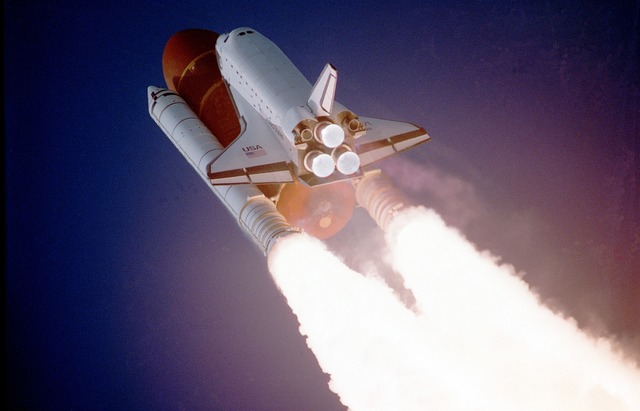Do you find it surprising that the aerospace industry has found several practical applications for water jet cutting and are using those to help advance its own purposes?
If you have seen some of the projects that this industry is up to, you will realize that people working in this sphere are not just into the production of aircraft themselves, aircraft engines or any of the parts related to those but they are also involved in scientific developments, military solutions, and a host of other components that help in defining our current world as “modern”.
The aerospace industry has made it very clear that it has no room for error. There is no possible way that it can tolerate it. Hence, the reason why it employed the versatility and the accuracy of water jet cutting is to help them in the production of a wide spectrum of components. This would be ranging from turbine blades to jet engines, then down to the production of different types of control panels and so much more.
What is even more surprising is the fact that water jet cutting machines have been around since the 1970s, as mentioned earlier, and yet so many of us are under the impression that this is yet another new technology when it is not.
The Aerospace Industry Needs High Level of Precision
We know for a fact that the aerospace industry is diverse and multifaceted. It covers many different aspects of our life as a nation, starting from military solutions that are designed for national defense to the production of commercial aircrafts.
The production of aircraft components necessitates them to be machine-fabricated so as to ensure they are made with utmost quality. They should be produced with the highest quality because even the slightest flaw or error in their production could lead to tragedy.
The machining of various parts needed by the aerospace industry, notable for their superior quality and strength, is more complex than what we think and presents more challenges that must be surmounted as opposed to the production of other kinds of consumer goods.
It is also excessively stringent on the aspect of traceability, and stricter on tolerances. This signifies that the industry is in dire need of machining processes that can go at par with its required elaborate production levels. In the face of these manufacturing demands at such high standards, the water jet cutting machine came into the picture, sweeping away any competition there is.

What Can Waterjet Technology Offer to the Aerospace Industry?
So, how did the water jet machine manufacturers managed to position themselves as a reliably precise and strong contender in as far as meeting the tight aerospace production demands?
For the most part, the waterjet industry found themselves in a favorable position due to their level of adaptability. Besides, the fact that you can tweak and make adjustments to the abrasive waterjets so that they will conform to any specific cutting requirements, there is also a room for its standardization to allow for more precise and uniform production of materials, even if it is going to be a large-scale basis.
Waterjet technology is adaptable across different material cutting projects, as well as many different types of materials. This cutting-edge technology can cut through a wide array of substances — this would also include those materials that are susceptible to acquire damage from other styles of fabrication — such as:
- Brass
- Glass
- Plastic
- Aluminum
- Carbon fiber
- Rubber
- Alloys
- Stainless Steel
- Copper
- Titanium
- Foam
The underlying reason why the waterjet cutting machine can seamlessly cut through a wide array of materials is because it makes use of a cool-cutting process. This signifies that it will not produce a heat-affected zone (HAZ).
Like for instance, when using laser cutting technology it will pose a certain level of difficulty when dealing with materials that are known to have a high level of thermal conductivity, such as aluminum or steel.
On the other hand, the use of water jet cutting machines eliminate these issues and completely eradicates the building up of heat-affected zones. The presence of HAZ can be detrimental because it can put the structural integrity of your cut material on the line due to microscopic cracks it makes.
It is also natural for waterjet cutting machines to work alongside technologies on automation and control. Doing so helps in facilitating a more straightforward and standardized production. With respect to the high level of precision which the aerospace manufacturing requires, this is going to become a huge boon to the companies that are involved in the industry.
Advanced and high-technology computer systems can significantly help in seeing to it that parts are carefully and fully constructed, paying good attention even to the minute details. While the use of laser cutting machines may also involve top-of-the-line computer systems, the fact remains that they can still impose heat on your materials. This will render your materials subject to warping and when this occurs, it may necessitate you to implement secondary processing to further refine the said structural flaw.

